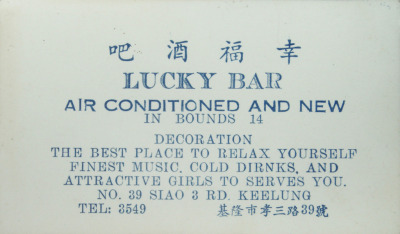anyway, i never really pieced it together in terms of "the everyday"/ everyday living
A central problematic of the everyday - the relationship between valuing the latest styles on the one hand and valuing tradition on the other - is nevertheless intrinsic to it, as Sheringham argues: “What sets the tone is without a doubt the newest, but only where it emerges in the medium of the oldest, the longest past, the most ingrained”. Observing that “the everyday” typically is antithetical to the modern in that “everyday experience is what happens in typical form today as it has done yesterday and will do so tomorrow,” some theorists of the everyday have proposed that in the first part of the twentieth century, there was a conjunction of modernity and everydayness around the notion of consumption. Re-conceptualized as mass experience, “the everyday” is a construction of modernity that is “couched in terms of the commercialisation, trivialisation, and banalisation of experience as consequence of the new technologies of cultural (re)production and dissemination.” Commonality, mass-experience, and accelerated consumption have been fundamental to fashion at specific historical junctures - for example, in relation to female mass magazine readership in the 1920s and 1930s, Hollywood cinema in the 1930s, men’s magazines in the 1980s and 1990s, and Internet shopping in the 2000s. At the intersection of modernity and the everyday, mass-culture has contributed to both the ordinariness and the extraordinariness of fashion.
Conceptualizing Fashion in Everyday Lives, Cheryl Buckley & Hazel Clarki think this is really interesting cause people like to ogle at conceptual fashion, reblog it and post detail photos and things like that, but nobody wears it in public??? unless you are a celebrity known for those kind of shenanigans (see: anna dello russo)
also, people like to say things like, "ah yes, i really like the cut of this shirt, it's really traditional but with a contemporary twist", but things like a shirt that doesn't look like a shirt at all is all very disconcerting for people to accept into their 'everyday'. on another note this is really funny as well because i remember someone telling me that the scariest things (regarding people) is when it looks similar to a human face/body but it's been altered ever so slightly that it appears off in some way. i guess it fashion its more of a comfort thing though.
on the note of new collections/etc though, i read somewhere that apparently less bloggers will be given access to view runway shows (unless they have large consumer capital, i suppose), and the argument against it in the article is more or less that bloggers promote sales etc, but at the same time they could just sit at home and blog about the looks from style.com
i suppose the problem with that is that it promotes the idea of creating garments to be seen and not worn. in that regard, maybe that's why the fashion/traditionalism relationship is still very strong, as far as everyday life goes, wearing a polyester t-shirt sucks (sweaty). wearing neoprene is very impractical (sweaty). which isn't to say that you can't create a well designed, comfortable garment that is both practical and innovative. maybe that's one of the goals. i don't know
oh ps i dont even know who reads this stuff, but if you ever want articles/scans (that aren't like 100 pages long lol), feel free to message/e-mail me. im all for sharing is caring























